The economic cost of the stalled Pak-Afghan trade
Despite several rounds of talks mediated by Turkey and Qatar, no breakthrough has been reached to reopen key border crossings

Haris Zamir
Business Editor
Experience of almost 33 years where started the journey of financial journalism from Business Recorder in 1992. From 2006 onwards attached with Television Media worked at Sun Tv, Dawn Tv, Geo Tv and Dunya Tv. During the period also worked as a stringer for Bloomberg for seven years and Dow Jones for five years. Also wrote articles for several highly acclaimed periodicals like the Newsline, Pakistan Gulf Economist and Money Matters (The News publications)
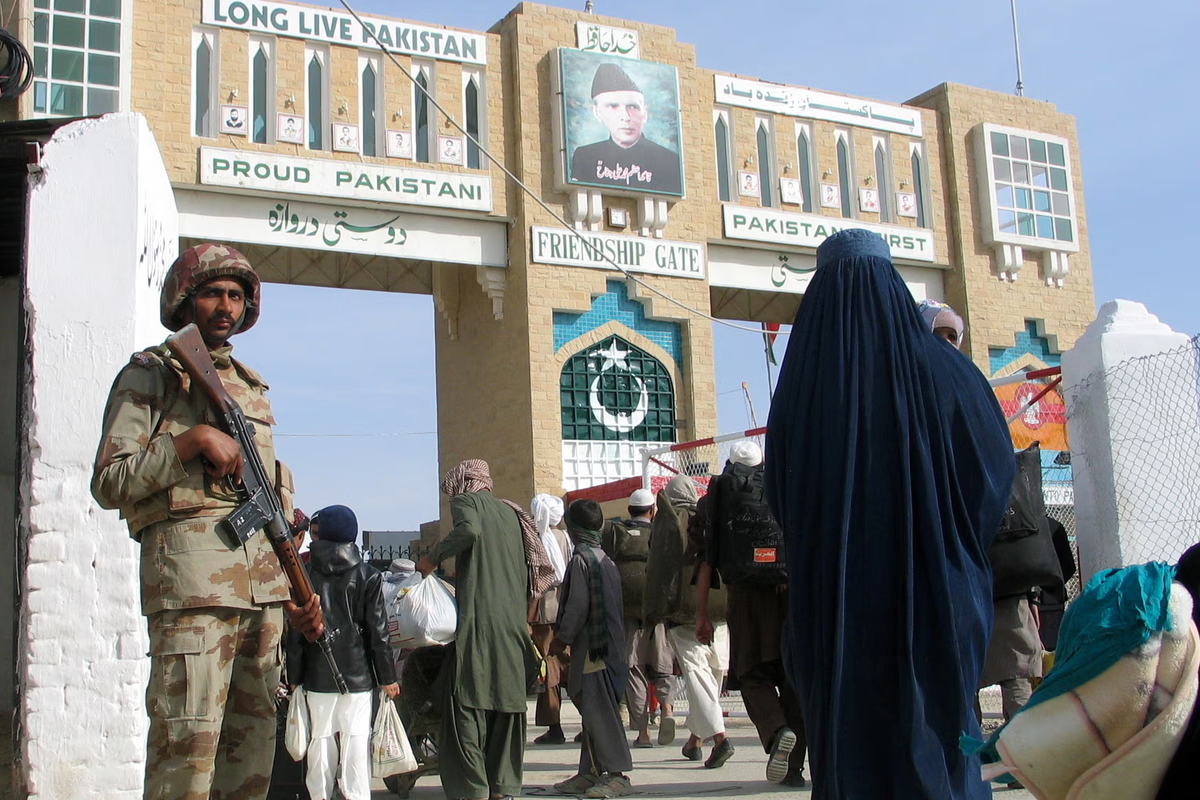
Once thriving, trade between Pakistan and Afghanistan has remained suspended since Oct. 10, as geopolitical tensions and stalled negotiations continue to strain relations between the two neighbors.
Despite several rounds of talks mediated by Turkey and Qatar, no breakthrough has been reached to reopen key border crossings, officials said.
In a recent statement, Afghanistan’s commerce minister announced that Kabul will impose a ban on medicines imported from Pakistan within the next three months, adding further pressure to an already fragile trade environment.
The prolonged closure has renewed concerns over the economic costs for both countries, which rely heavily on the historically busy frontier for the movement of goods.
Analysts say the stability of the trade route is crucial, particularly as Afghanistan confronts an array of economic challenges.
Afghanistan’s economy is facing heightened stress due to declining foreign aid, the forced return of Afghan nationals from Iran and Pakistan, rising inflation, delayed investment flows and ongoing geopolitical frictions.
Natural disasters, including a recent drought and earthquake, have compounded the strain.
The influx of returnees has sharply increased demand for food, fuel, construction materials and other basic goods, pushing up import needs.
Despite efforts in recent years to diversify trade routes through Iran and Central Asia, Afghanistan remains significantly dependent on Pakistan. Pakistan accounts for roughly 41% of Afghanistan’s exports — mainly food products and coal — and supplies about 14% of Afghanistan’s total imports, including essential items such as food, fuel and textiles.
A large volume of Afghan imports from other countries also transits through Pakistan.
Economists say a long-term border shutdown remains unlikely, given Afghanistan’s increasing import requirements and continued dependence on Pakistan for both exports and transit access.
Pakistan, meanwhile, stands to lose an estimated $150 million to $160 million in annual export revenue if the border remains closed through December, according to analysts citing central bank data.
Afghanistan made up 2.41% of Pakistan’s total exports and 0.04% of imports in fiscal year 2024-25.
And nearly 5,500 Afghan transit containers are currently stranded at Pakistani ports and border points, including more than 4,600 in Karachi.
Several Pakistani companies are already feeling the impact.
Pakistan Aluminium Beverage Co. (PABC) faces the biggest exposure, with 52% of its sales tied directly to Afghanistan and another 59% routed indirectly through Central Asia. A three-month halt could cut the company’s 2025 earnings per share by about 12%, analysts estimate.
Cement producers in northern Pakistan, which exported 1.7 million tons to Afghanistan last fiscal year — or 3.6% of total dispatches — are also bracing for setbacks. Sales are expected to fall due to the export halt, while costs may rise because international coal is PKR 3,000 to PKR 4,000 per ton more expensive than Afghan coal.
Local coal prices have also climbed since the border closure. Fauji Cement Co. Ltd., Cherat Cement Co. and Pioneer Cement are among those seen as most at risk.
Pharmaceutical manufacturer AGP, which derives about 9% of its sales from Afghanistan, may face short-term headwinds but is expected to limit the impact if alternative export channels remain accessible, analysts said.


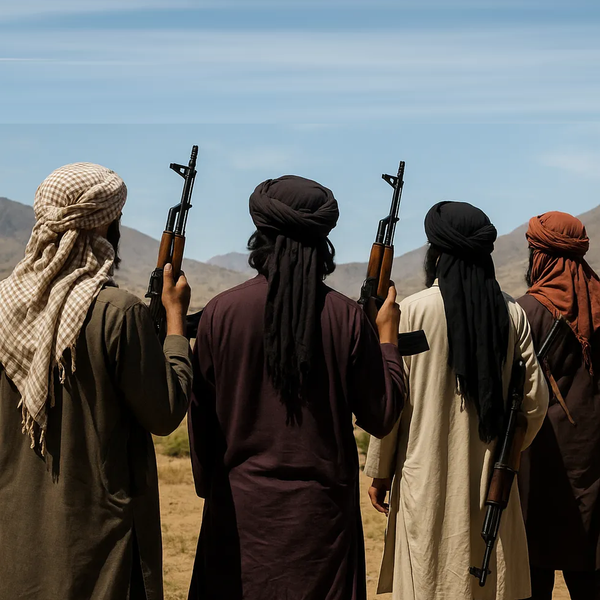
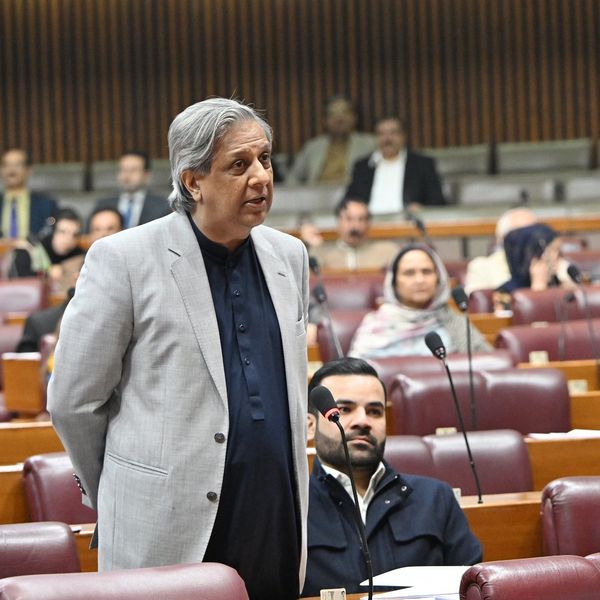

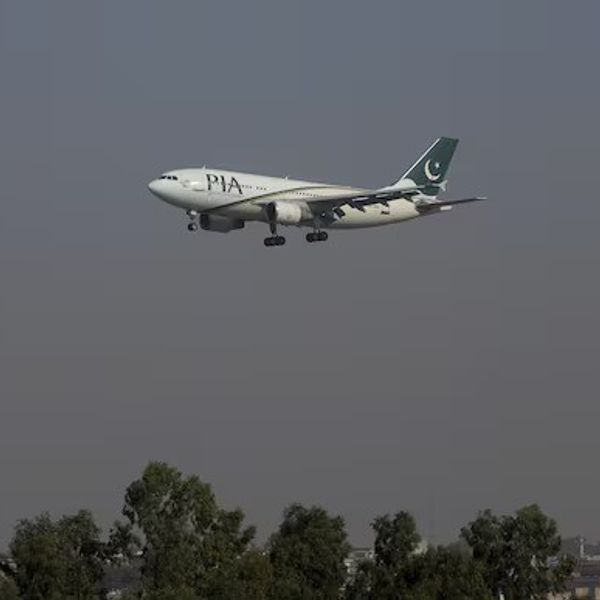
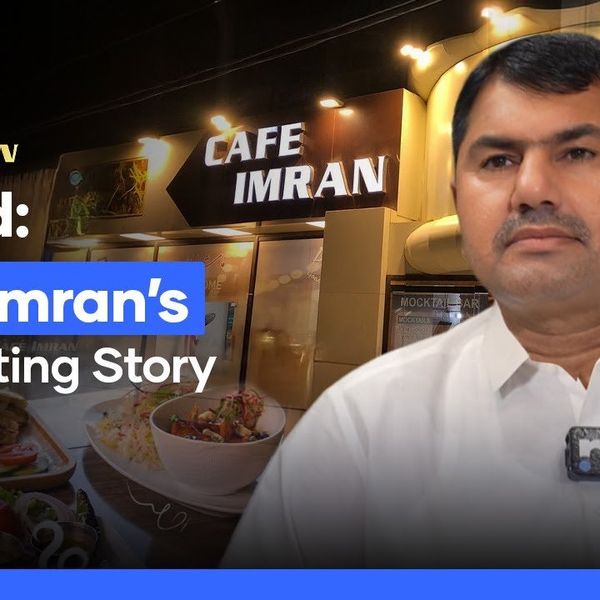



Comments
See what people are discussing